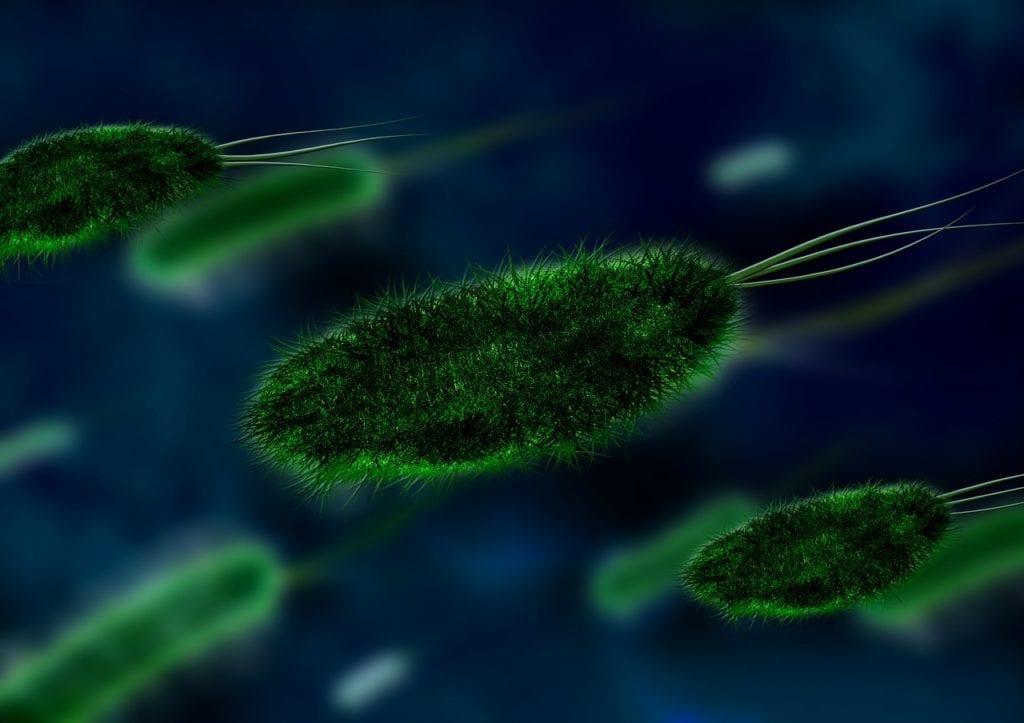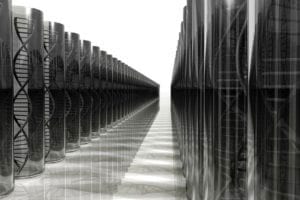Recent findings point to two bacteria that work together to create colon cancer. Researchers recognized the bacteria as the same ones that occur in cases of familial adenomatous polyposis. These findings, combined with research from a pair of studies, may result in a new way to screen for colon cancer. Keep reading to learn more about this development, or follow the original story here.
Findings originally published in Cell Host & Microbe, and Science outline a process by which two types of bacteria infiltrate the protective lining of the colon. Once inside, the bacteria work together to create their own miniature environment. The bacteria set up their own little home with everything they need to survive. It’s cozy for them, but not at all helpful for human hosts. This bacterial activity ultimately leads to inflammation, and damaged DNA which can lead to the development of tumors.
Researchers call for more screening as a result.
Patients that exhibit both types of bacteria should be screened with much greater frequency than the standard of every ten years. Further understanding of these bacteria could lead to the development of treatments that will prevent bacteria setting up shop in the colon. Other remedies may be designed to either evict these bacteria once they are established or to at least prevent their cancerous activities.
Previous research findings highlighted groups of bacteria which can move beyond the colon’s mucus layer. Many bacteria are unable to defeat this protective barrier. The ones that do, however, form a gooey biofilm near the colon’s epithelial cells. The area occupied by these epithelial cells is a common site for cancer to begin. New findings point to these bacteria as one motivator for epithelial cells to become cancerous.
Familial adenomatous polyposis causes roughly five percent of colon cancer cases. In cases of familial adenomatous polyposis, an inherited mutation results in a line of genetic alterations. Over time, these changes cause epithelial cells to become malignant. Researchers were, however, initially uncertain if bacteria played a role in cancer development in patients with familial adenomatous polyposis.
Researchers investigated a series of colon tissue samples to seek out the connection. Nearly 70% of familial adenomatous polyposis patients displayed patchy regions of biofilm inside the colon. Researchers discovered that these films were largely made up of two types of bacteria. Considering the colon contains over 500 bacterial species, this was a surprise. The two groups were forms of Bacteroides fragilis, and Escherichia coli. The effects of these bacteria together creates what one researcher calls a “perfect storm” for colon cancer development.
Mouse studies verified these initial findings. Mice introduced to only a single type of these bacteria did not exhibit notable tumors. Introducing mice to both species of bacteria, however, caused a startling reaction: they developed a great number of tumors. Further research enabled scientists to determine a specific protein (IL-17) that exacerbated the problem.
Blocking production of IL-17 in mice prevented development of tumors even in the presence of both bacteria.
Taken as a whole, scientists indicate that these studies could lead to new ways of both detecting and treating colon cancer. It may be possible to stave off cancer by preventing bacterial colonization of the colon. New drugs may be developed to render the bacteria’s toxins harmless. Altering the process of inflammation the body uses as a response could provide another avenue of therapy. Research continues to explore these options and others.







